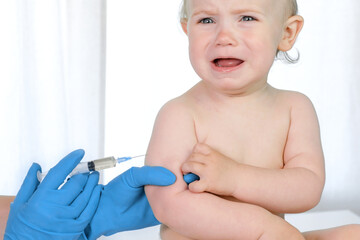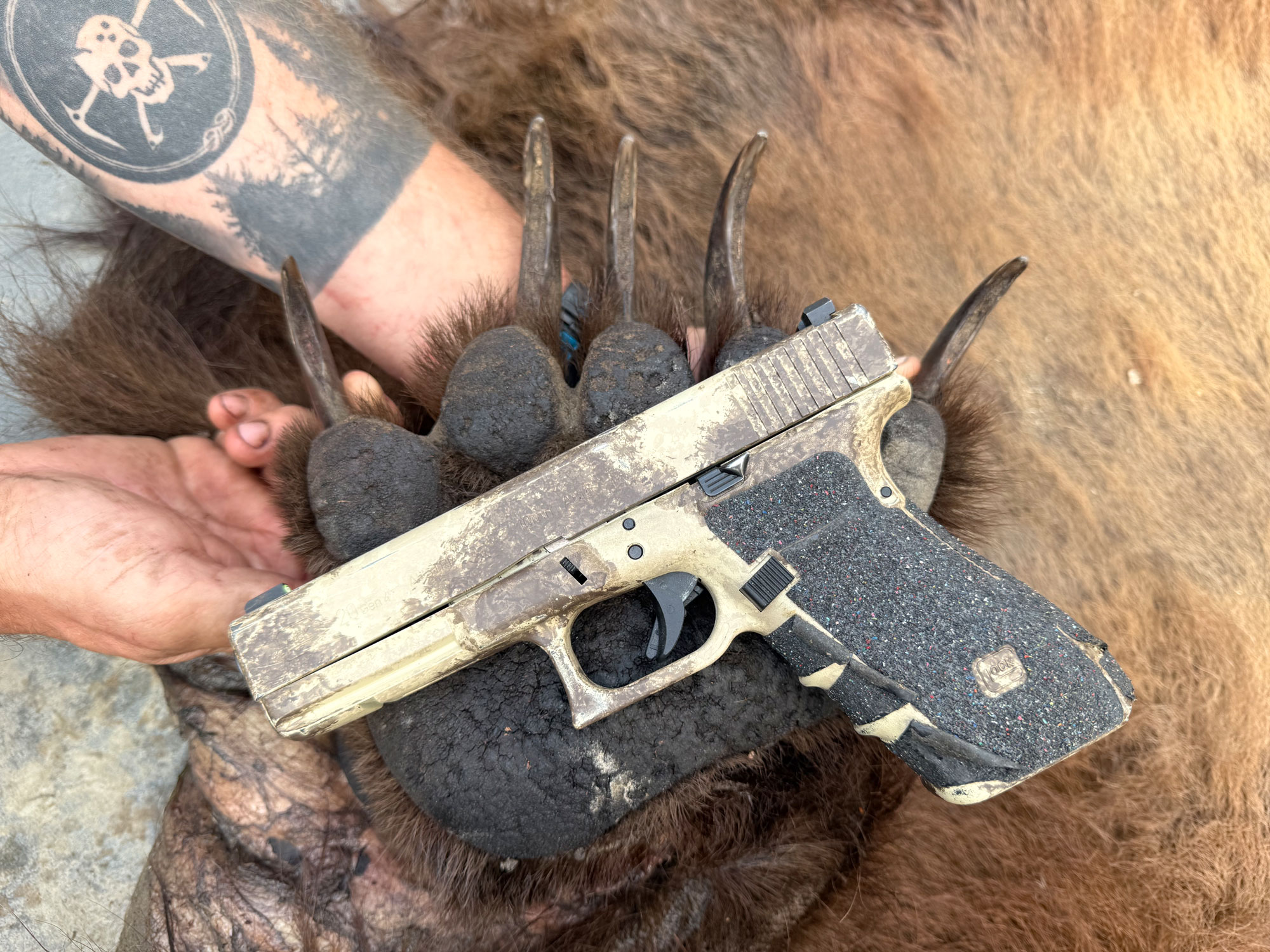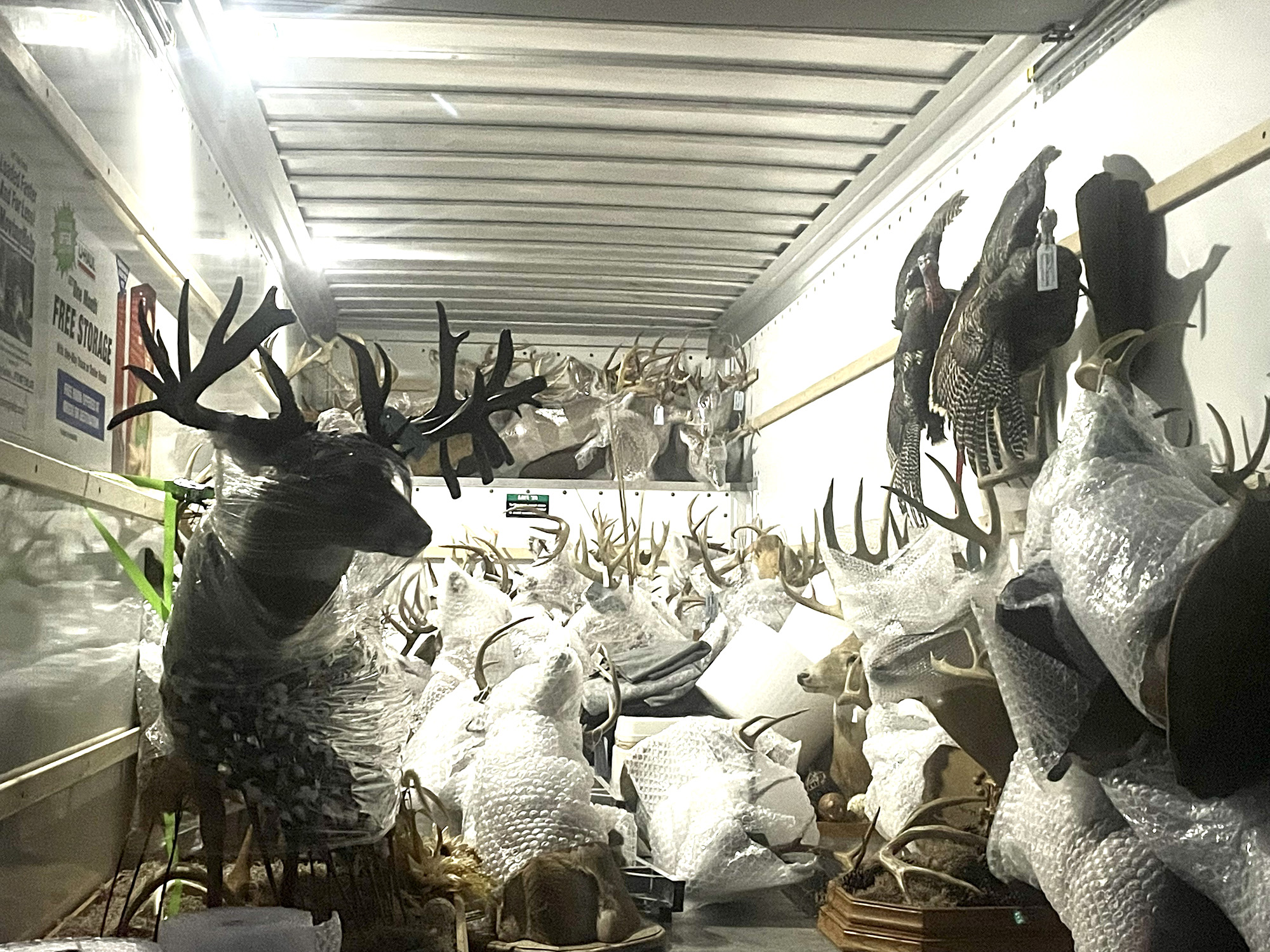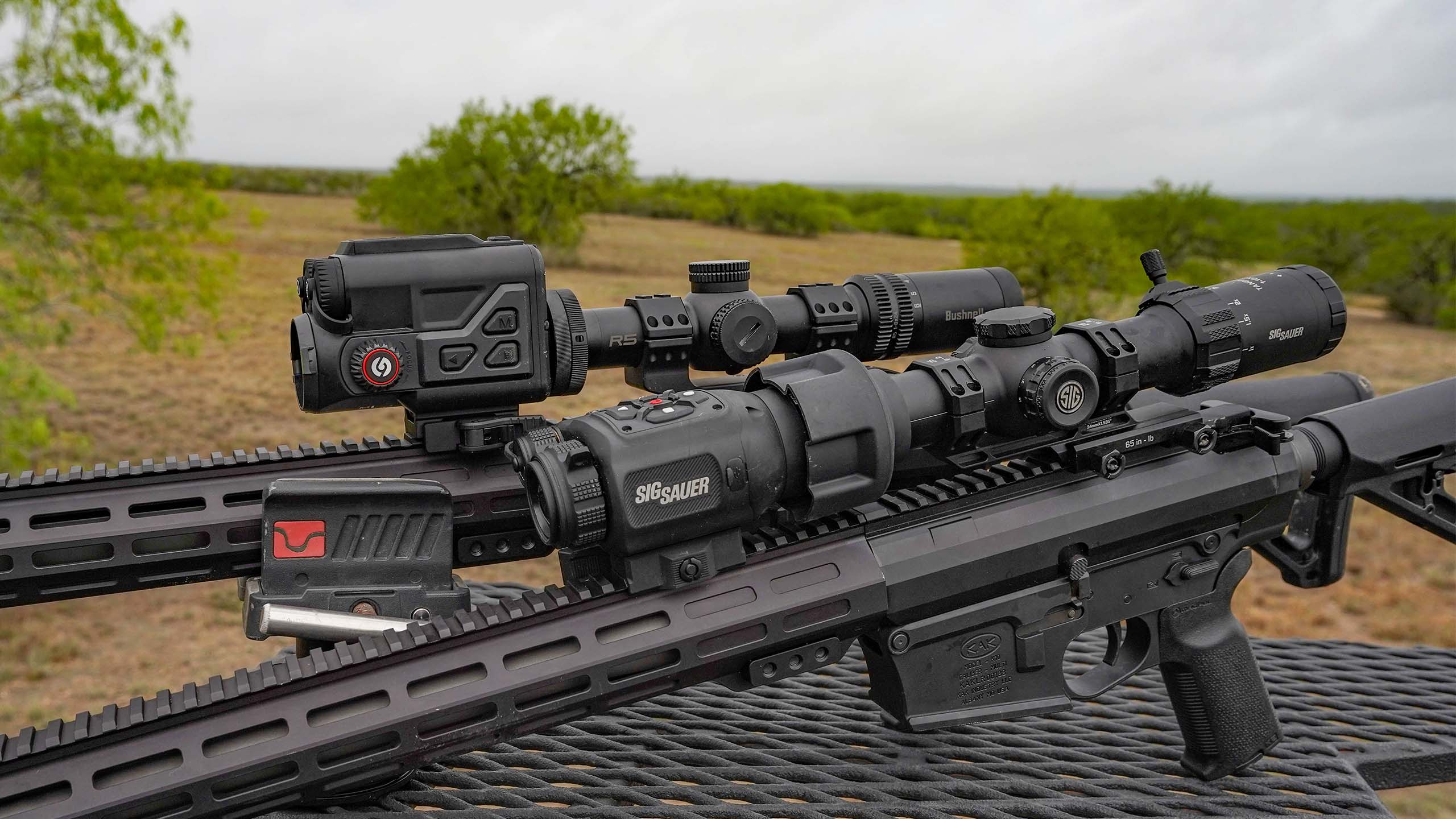Here’s Why Moose Keep Attacking People and Their Dogs in Colorado
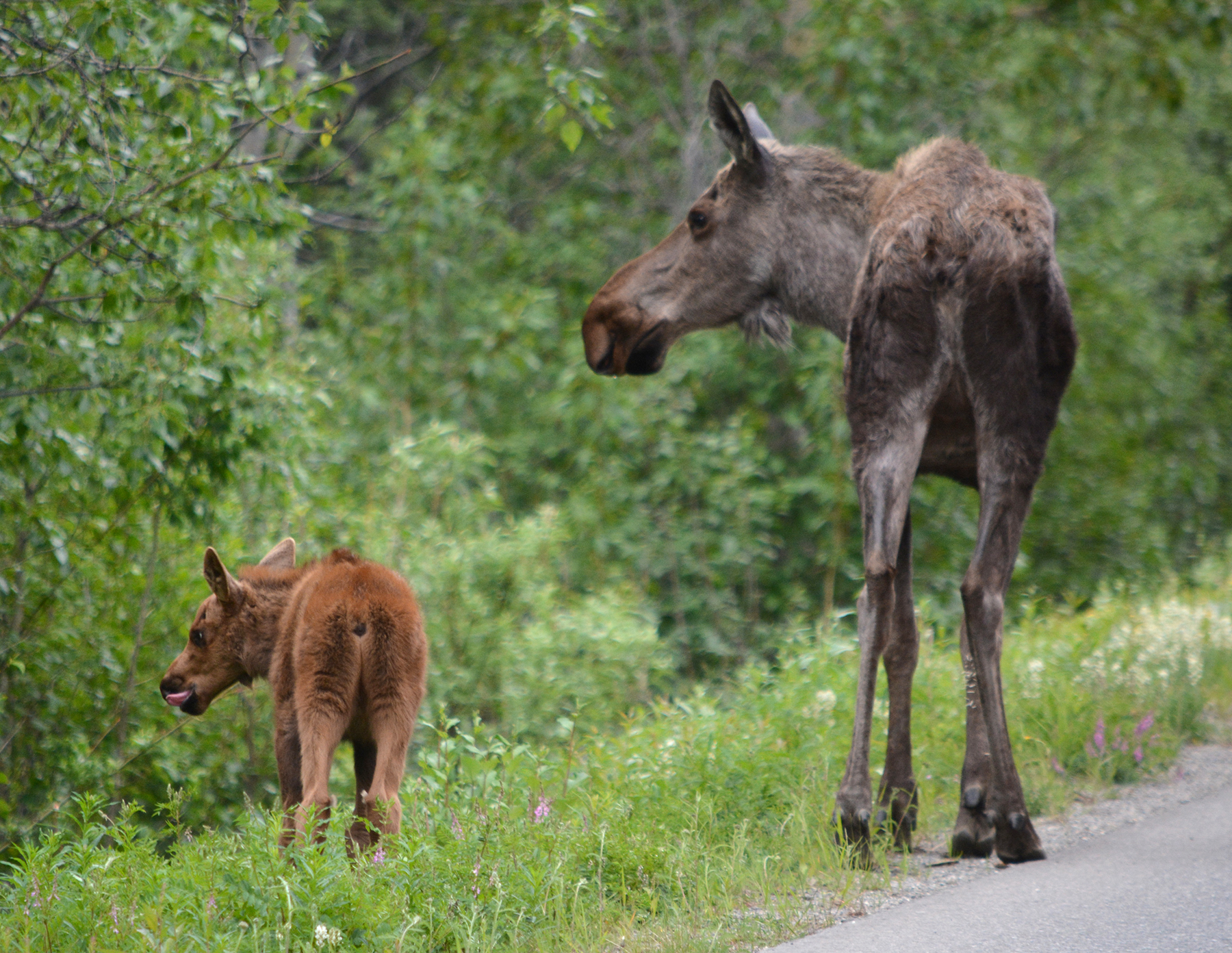
It’s calving season in Colorado, and wildlife officials are urging hikers, dog walkers, and anyone else heading outdoors to give moose plenty of space after several recent attacks — some resulting in serious injuries — across the state. Colorado Parks and Wildlife issued the warning following at least four separate moose attacks in just over a week, all of which involved dogs and cow moose with calves nearby.
The first attack happened on Memorial Day near Colorado Springs, where a man and his two dogs got a little too close to a cow with twins. The man dove under a parked car for cover while the cow trampled both dogs, one of which sustained such severe injuries it had to be put down.
“This cow moose was exhibiting classic protective behavior of its calves,” CPW assistant area wildlife manager Travis Sauder said in a press release. “Be sure to give wildlife extra space, especially when they are raising their young. And it is always best to keep dogs on leashes or in a fenced area to reduce the chances of an incident with wildlife.”
Just five days later, two women walking four off-leash dogs encountered a cow moose in Park County. It charged and trampled them both multiple times. They escaped by climbing to safety onto the roof of a nearby structure. Neither was seriously injured, and a neighbor managed to chase the cow away with a fire extinguisher.
The next day in Grand County, a couple and their leashed dog were out for a walk when a cow moose charged them. The woman was knocked down but crawled to safety under a small storage area, where the moose continued charging and attempting to stomp her several more times. Her boyfriend shot and killed the moose in what wildlife officials determined to be self-defense. The woman was treated at the scene for multiple injuries to her face, arms, and shoulder. Wildlife officers later located and euthanized the cow’s calf.
“The decision to euthanize the calf was not easy to make. While rehabilitation can be successful in some cases, it’s not a guaranteed solution.” Hot Sulphur Springs Area wildlife manager Jeromy Huntington said in a press release. “At this age, the only thing this moose will know is human interaction for survival. If rehabilitation in a facility is successful, we believe the moose would already be habituated to humans, which can lead to increased potential of threat to human health and safety.”
On June 1 in Steamboat Springs, a woman was attacked by a cow moose while walking her two dogs. A passing paddleboarder found her injured and lying on the ground. As the man tried to help her to a nearby parking lot, the moose returned to the scene and kicked him. The woman was flown to a Front Range hospital with serious injuries.
Wildlife officials later located the cow moose and its two calves and relocated them to a more remote area for the safety of the moose and the public, according to a press release.
Moose calving season typically runs from late May to mid-June, and during that time, cows can be highly aggressive. While other cervids like deer and moose are likely to run from perceived danger, moose will stand their ground, particularly when there is a calf nearby. Cows often leave their young bedded in thick vegetation while they graze nearby, and it’s not unusual for people or dogs to stumble into a bad situation without ever seeing the calf.
Dogs are a particular trigger for maternal moose because they are seen as predators. Most moose conflicts involve canines, according to CPW, and the agency advises keeping dogs on leash to prevent surprising moose near trails.
Despite the recent string of moose incidents, moose attacks on humans are relatively rare. Since 2019, CPW has responded to just 22 cases involving injuries. As moose numbers in the Centennial State reach 3,000 animals and continue to grow — and as human populations also rise — the chances of encounters increase.
Read Next: Vampire Ticks Are Ravaging New England Moose. Hunting Could Help
While the population of moose is healthy in Colorado, there was no established breeding population until the 1970s, when the first animals were transplanted from Utah and Wyoming. Animals. Prior to that introduction, transient moose would occasionally wander into northern Colorado from Wyoming. Now, Colorado boasts one of the fastest-growing moose populations in the Lower 48.
To prevent moose attacks, CPW advises staying cautious and respectful of these animals. Choose trails with good visibility and make noise as you go to avoid surprising an unsuspecting moose. If you see a moose on or near a trail, back away slowly and give the animal a wide berth.
Read the full article here




